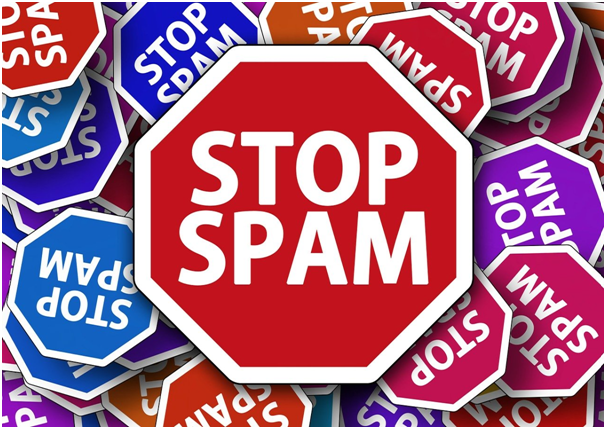One of the biggest threats to the viability of companies today is the theft of revenue via email spam.Based around the world, hackers are trying to illegally obtain the hard-earned money of companies of all sizes using large-scale email campaigns. Email campaigns like this seek to steal the data related to bank accounts or fool recipients into completing a fraudulent bank transfer.
The vast majority of email that is sent globally every day is spam email. It can arrive in an inbox in many different shapes and sizes including:
- Advertising material
- Job opportunities and ‘get rich quick’ campaigns
- Virus warnings which are not real
- Disingenuous charity appeals
- A form of chain emails to be forwarded
For cybercriminals to conduct these campaigns they must first establish a massive database of email addresses. The chief method for completing this is by implementing automated software to generate addresses or requesting web browsers to provide their details on fraudulent websites created for this purpose. Additionally, illegally obtaining browsers’ details using web cookies, buying email lists from other cybercriminals or asking web users to viewfraudulent websites posing as spam email cancellation services.
Recognizing a Spam Email
Below is a list of tell-tale signs email recipients use to help spot a fraudulent email campaign:
- The email is sent from an unknown sender
- Incorrect spelling and syntax
- An offer that seems too good to be true
- Subject line and body content do not correlate
- An offer based on urgency e.g. sign up before midnight
- Virus warning asking you to install prevention software
- Emails where an attachment must be downloaded
What can Spam Emails do?
- Install viruses and spyware.
- Use phishing to steal money
- Send offensive images with malware attached.
Scam Email Campaigns
Even though all spam emails do include scams, it is usually the case that scams are sent in the form of a spam email, designed to trick the user into sharing data that can then be used for identity theft.
In the vast majority of cases these scam emails they are sent with the claim that they can provide the recipient with financial, physical or emotional advantages.
One of the most lethal types of email spam is Phishing. This is when emails are designed to appear that they are being sent from an authentic source like a financial institution, or other trusted body. These emails request the reader to visit a website and complete an action like providing a password to avoid an account being closed. However, it is fake and aims to fool victims into entering personal data. For more information on phishing methods and how to protect against it, visit https://www.netsec.news/.
How to Spot a Phishing Email
While the email may appear to come from a genuine source, they will normally have a number of following characteristics:
- Sent from a different email address to that of the trusted organisation.
- Does not use your actual name.
- Is uses urgency to try to get you to complete the action
- Uses a URL that has a small difference to the correct website.
- Asks for a username, password or bank details.
- The body text is an image with an embedded link and not proper text.
What to Do: Scam Emails
- Never open emails which you suspect as being scams.
- Never share emails which you suspect as being scams.
- Do not open attachments from unknown sources.
- Check if the email is genuine with the organisation.
- Never reply and use an Email filter
